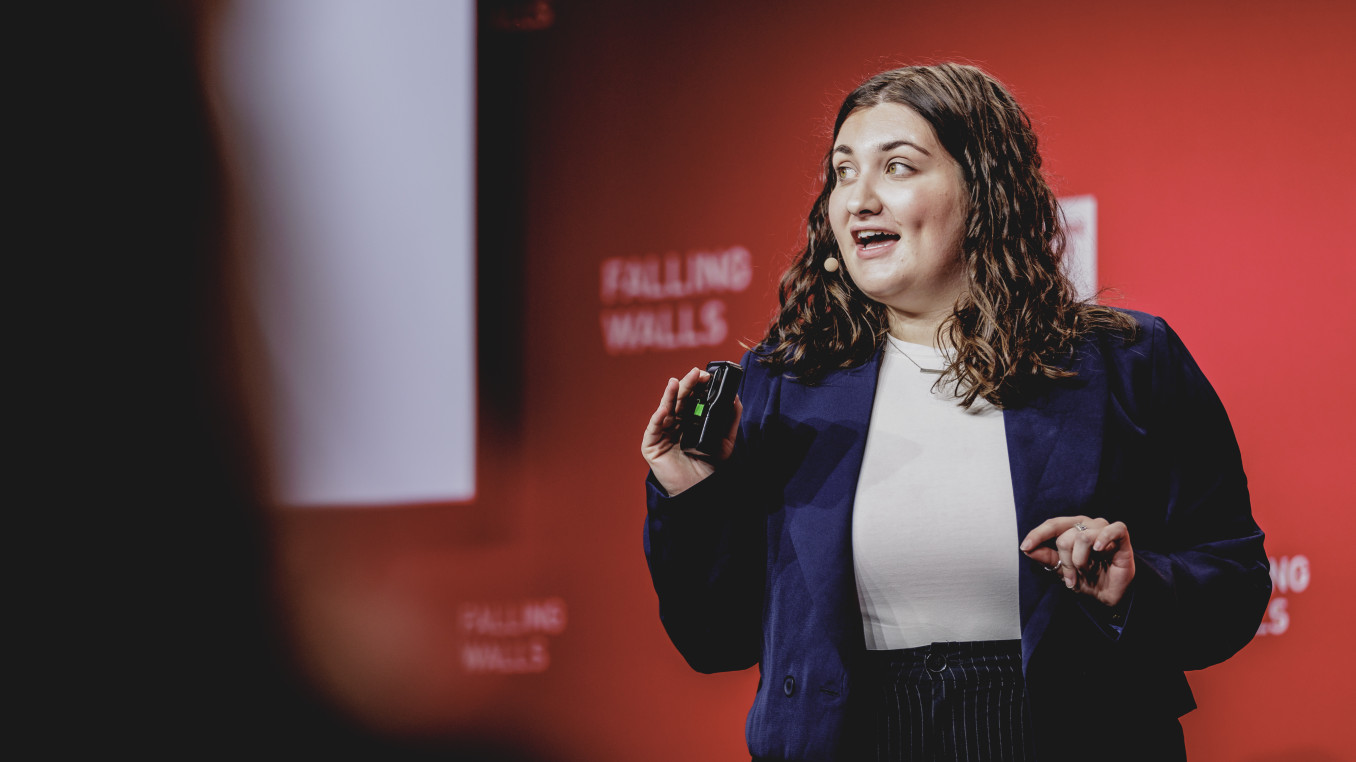Breaking the Wall of One-Size-Fits-All TB Treatment
Breaking the Wall of One-Size-Fits-All TB Treatment
Global Call 2025 Finalist Interview: Life Sciences
Carole Mitnick is Professor of Global Health and Social Medicine at Harvard Medical School. She holds appointments in the Division of Global Health Equity at Brigham and Women’s Hospital and at Partners in Health. Through research, teaching, solidarity with affected populations and advocacy, Mitnick works to improve access to high-quality care for TB, especially for drug-resistant TB. She also investigates the long-term effects of TB, which are estimated to affect more than 75 million people alive today. She received her ScD in International Health from the Harvard TH Chan School of Public Health.
Which wall does your research or project break?
My work breaks the wall of inequity underpinning the approach to tuberculosis and particularly rifampin- and multidrug-resistant tuberculosis (MDR/RR-TB). TB affects 11 million people each year, with drug-resistant forms of the disease occurring in about 5% of these. A significant proportion of people sick with TB do not receive treatment: each year roughly 30% of all TB patients, and 45% of MDR/RR-TB patients, are missed. In part, this is because TB disproportionately affects impoverished and marginalised people.
Treatment for TB, especially for MDR/RR-TB, has historically been long, toxic and costly–a set of characteristics that makes treatment completion especially difficult for the most vulnerable among us. TB diagnosis is also limited, with the tests needed to ensure that the right treatment is given being least frequently available where the TB risks are greatest.
Research in this space has been sparse. Simplified—or one-size-fits-all—interventions are favoured over those that account for important differences across different strains of bacteria; and across patients and their social and medical needs. Research quality is also often lower than that conducted for conditions that are more likely to afflict the world’s wealthy. This is a reflection of society’s devaluation of people with MDR/RR-TB.
What is the main goal of your research or project?
The endTB project sought to transform access to, and quality of, treatment for MDR/RR-TB, that is TB caused by bacteria that do not respond to standard treatment. The project included the largest observational study of treatment comprising the first new anti-TB drugs in more than 50 years. Across 17 countries, the endTB Observational Study introduced modern treatment, safety monitoring and supportive care for more than 2800 patients with MDR/RR-TB. The study examined the effectiveness of these new drugs in the broad range of patients who need care for the disease, including children, pregnant people and others often excluded from clinical trials. There were no exclusion criteria; comorbidities, such as HIV and diabetes were common. Study participants also often had other characteristics known to reduce treatment success: severe lung damage and resistance to even more anti-TB drugs, known as pre-extensively drug resistant (pre-XDR) TB.
The goal was to inform practice in the moment, accompany providers and patients as they began to receive these new treatments and document the effects. The other two studies in the endTB project, the endTB trial and its sister the endTB-Q trial, sought effective, shorter, simplified, safer, better-tolerated treatments, respectively for MDR/RR-TB and pre-XDR-TB. The trials deployed innovations permit identification of a range of treatment options and tailoring according to each individual’s disease presentation and other conditions, as well as external factors. Further, the endTB project conducted advocacy around drug and diagnostic prices, intellectual property claims and other access barriers in the quest to advance equity.
What advice would you give to young scientists or students interested in pursuing a career in research, or to your younger self starting in science?
A career in research, including in the life sciences, is incredibly rewarding. It is intellectually stimulating, inherently collaborative and dynamic. It can be challenging, especially at a moment in time when the priorities of government authorities and/or other funders, defy common sense, humanity and equity. Still, a research career can be structured to redress inequalities. For my TB work, this means conducting research with humility and in partnership with—and in accordance with the priorities of—populations who often “get the short end of the stick”. It goes beyond efforts made in the lab, in the clinic or at the computer and includes intentional work to realize the promise enshrined in the Human Right to Science (article 27 of the Universal Declaration of Human Rights), “…to share in scientific advancement and its benefits.”
For my entire career, my work has been informed by the principle of a “preferential option for the poor in healthcare”. This principle has been operationalised by the non-governmental care-delivery organisation Partners in Health with which I have worked closely for almost three decades on all my TB research, including the endTB-Q trial.
Our partnership has ensured that my life-sciences research:
1) is informed by the priorities of people with lived experience with the condition(s) that researchers seek to address;
2) is conducted in a way that ensures, not only the (now) conventional human subjects research protections but also the dignity of the participants;
3) results are shared with participants and, more broadly, affected populations;
4) results are adopted and implemented.
Interdisciplinary, scholarly collaborations (e.g., with historians, anthropologists) are also essential in that they permit an understanding of the historical and political-economic origins of the distribution of TB, of conditions that increase risk of—or poor outcomes from—TB. Only with this kind of insight can we develop interventions that will serve their intended purpose.
TB is the quintessential marker of inequality: it follows the gradients of inequality within and between countries and across generations. TB is highly stigmatised and co-occurs with other stigmatised conditions (like HIV, depression and substance use disorders). It is worsened by malnutrition; it flourishes in crowded settings. For these reasons, no single solution (or discipline) can eliminate the bug and all the conditions that support its persistence. Nevertheless, career-long, life-sciences research partnerships have afforded me the opportunity to blunt the impact of the most lethal infectious pathogen of all time.
What inspired you to be in the profession you are today?
Striving for global equity. The knowledge that happenstance of birth or where one lives should not determine access to high-quality, dignified health care.
What impact does your research or project have on society?
It both makes care for highly resistant forms of TB more accessible and highlights the risks of one-size-fits-solutions for TB.<
What is one surprising fact about your research or project that people might not know?
Tuberculosis is the leading infectious killer of humans today and of all time.

